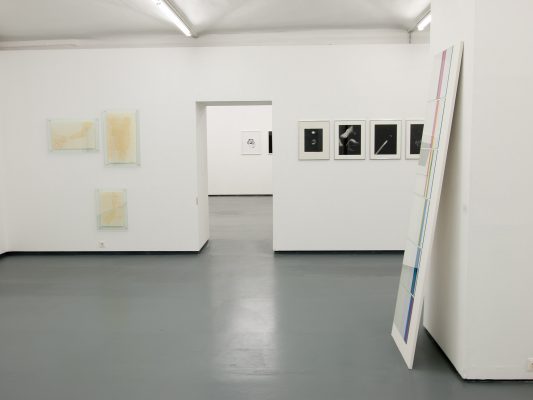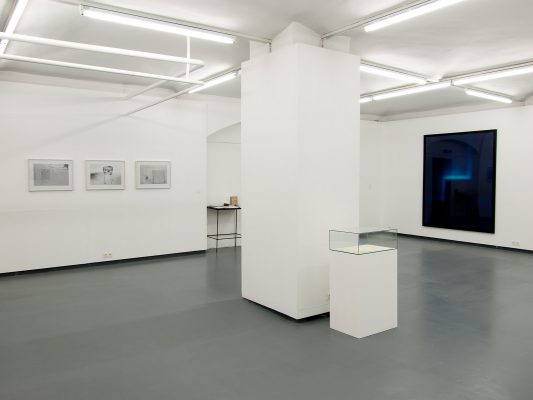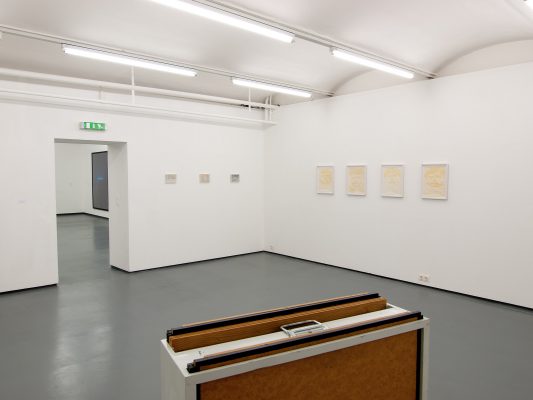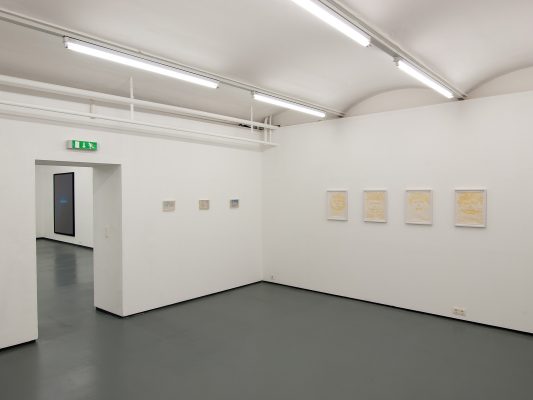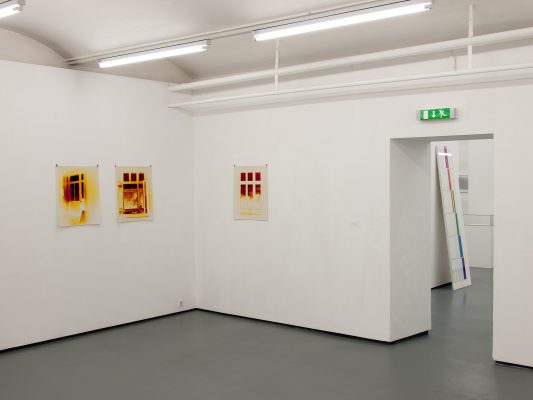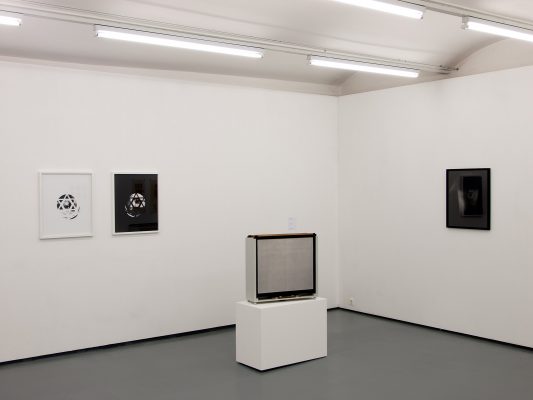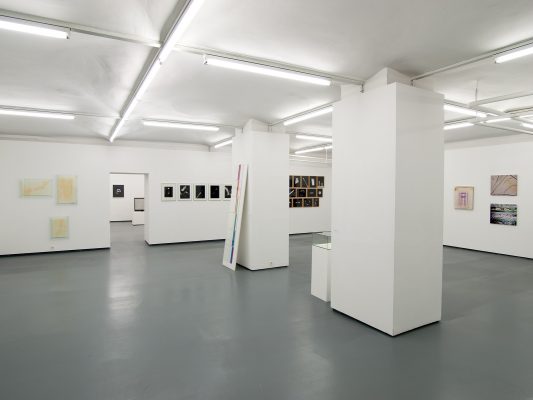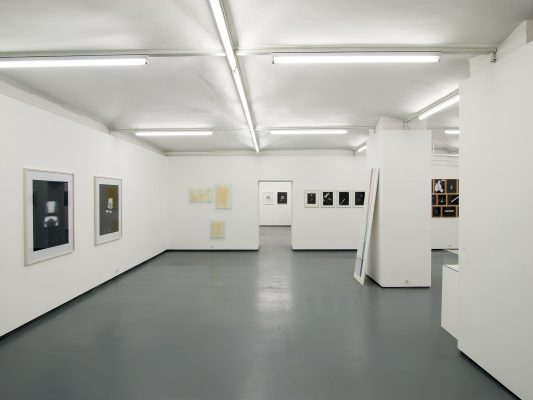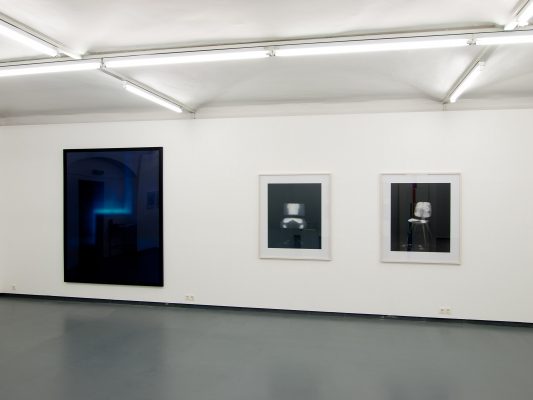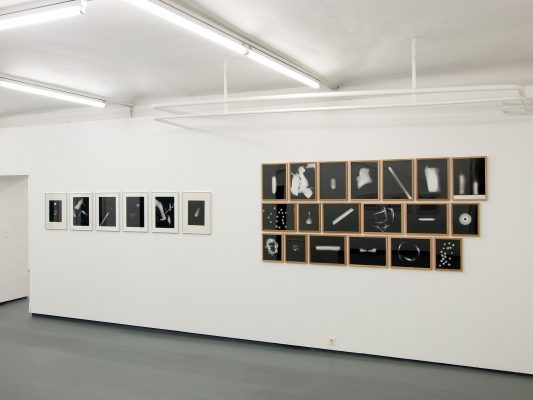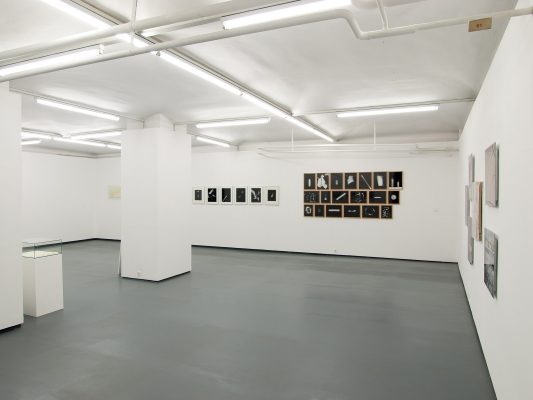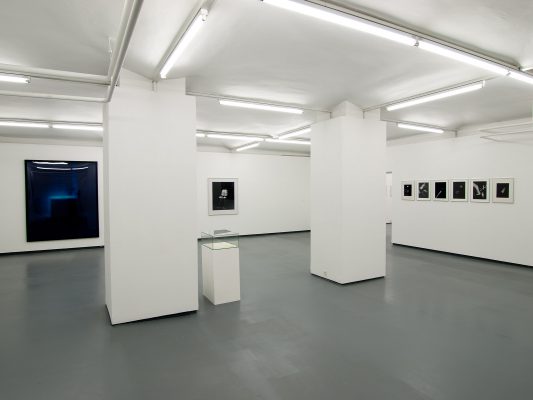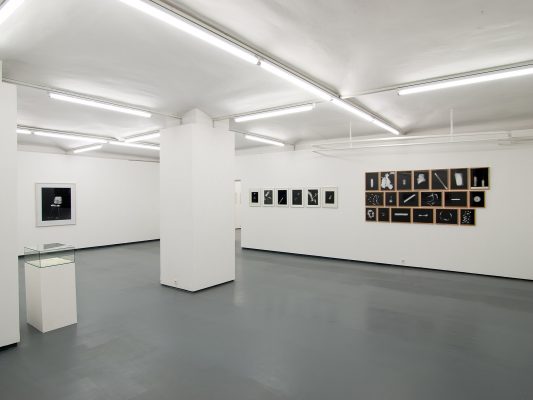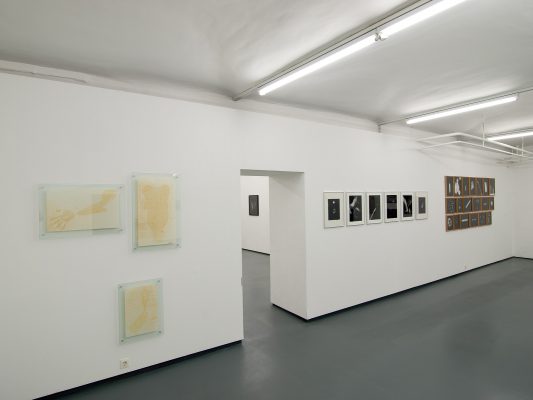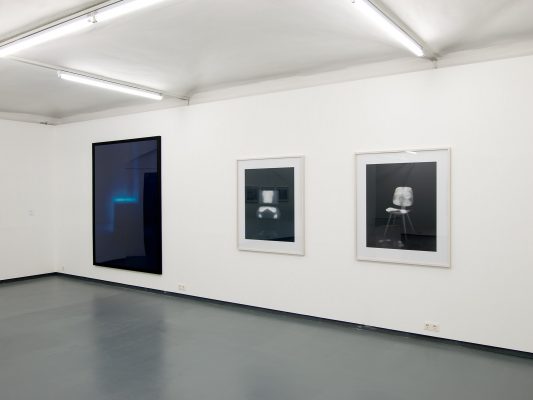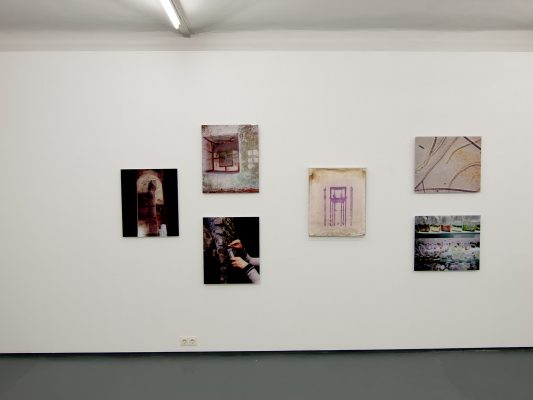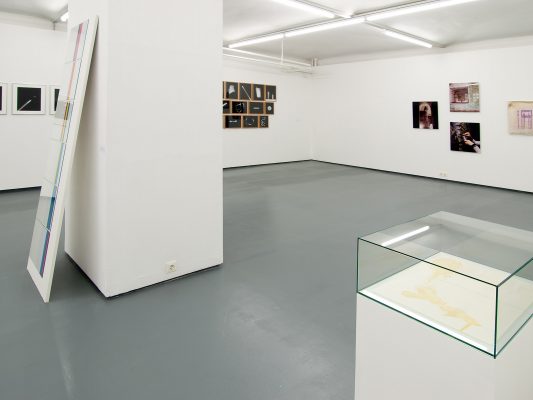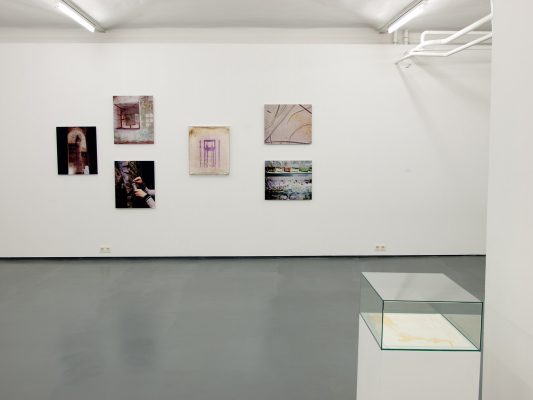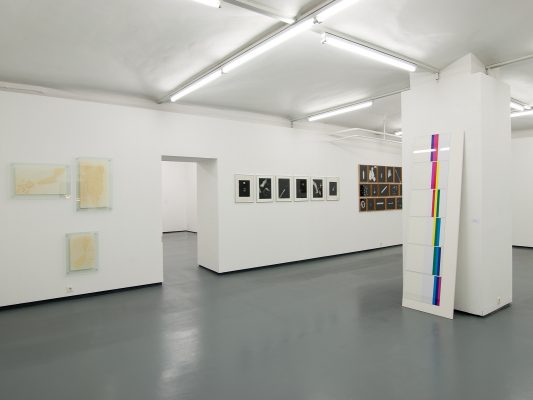Opening: Monday, 29 August at 7 p.m.
Introduction: Thomas Freiler
Experiment, research, invention and exploration – these are keywords for this year’s theme of focus TECHNIQUES, MACHINES & METHODS – Artistic Processes of Image-Making, which has been developed by the curatorial Team
at Fotogalerie Wien in collaboration with artist and photographer Thomas Freiler. Nowadays, with the seemingly final shift from analog to digital photography and now that photography appears to have become something that
is “taken for granted” and is “easily accessible”, artists who construct their own machines drawing upon old preindustrial methods and exploring basic photographic parameters are increasingly emerging. This three-part exhibition series focuses on the inventive and unorthodox artistic methods and processes in image-making.
When John Herschel titled his lecture “Notes on the Art of Photography” and presented it to the Royal Society in 1839, not only did he introduce the name for this new invention, the discourse around that which could be called the “photographic” was also initiated: on the one hand, a process based on rational laws of chemistry and optics and yet on the other hand, an apparently magical appearance or a specific manner of representationproducing what could be recognized as “photographic” images. The second part of this year’s thematic focus with the subtitle MEDIA EXPLORATIONS exemplarily refreshes this discourse by uniting four ostensibly very different artistic positions in this exhibition. Is that which we believe to be photography really actually photography? Where could a line be drawn to differentiate photography from other image-making processes? Do the pictures that present the invisible in pictures of magical spectral quality then truly turn out to be the result of rational technological development, able to be analyzed and broken down into simple and basic patterns of color systems and rules of projection?
Beatrix Bakondy’s so-called “kinetic photograms” from the series Aerosole will be presented. She places three-dimensional objects such as bags, bottles, or sticks on a surface and sprays them with black spray paint. The direct “exposure” results from the paint particles from the spray can, i.e. Aerosole, whereby the outline of the object remains visible on the image support.
The objects however, appear as if in a positive image, strangely
visionarily radiant. The image shows the object, but even more so, the space that the object once occupied: “I portray the tactile space around the object.” (B.B.) This conceptual work, one that at the same time appeals to the senses, is concerned with opposites: light and dark, day and night, the contrast between feeling and thinking, between vision and reality, but also with the exploration of space, image and representation..
In his works, Thomas Freiler has an analytical approach to the medium photography and to the devices in producing photographs; his process is characterized by experimentation, his eye set not on creating an artistic image, but ever focused on the inquiry into the influences of technology on image creation. “Where an image begins or ends”, writes Andreas Spiegl, “is not a question of format or of being in-focus or not. Rather it is the
product of what is expected from the image. And from this perspective, the actual apparatus in question is what itself becomes the subject.” Over the last ten years, Freiler has been building cameras specifically for the production of such images that would otherwise be impossible. A camera obscura developed by Freiler in 1992 (CO_1) will be presented in the exhibition on a plinth alongside photographs taken with this camera
Edgar Lissel’s exploration of time, light and alternative reproduction processes has lately been accompanied by the presence of algae and bacteria in his images. His works depicting bacteria on canvas or plaster, as well as the photographs showing the process behind these works (from the series Domus Aurea, Myself II and Natura Viva) will be exhibited at the FOTOGALERIE WIEN. In the self-portrait series, Myself II (the continuation of a project begun in 2004) Lissel was able to successfully have his own skin flora flourish directly on linen and was able for the first time to subsequently fix their traces permanently onto the linen surface. Earlier, such prints (or traces) were preserved as a photograph.
In Domus Aurea, the light-sensitive cyanobacteria responsible for the disintegration of original Roman frescoes are exposed to light through the image of an already destroyed fresco. Since the bacteria shifts to the source of the light, a new image is created based on the outlines the image of the fresco – from a destructive process, a constructive one is born.
Experimental and conceptual media artist Stephan Reusse will present thermographic works: Special equipment is used with sensors that detect and digitally transfer ranges of temperature. In this process, the traces of human warmth can be captured in an image even three to fifteen minutes after the person is no longer present (Zeitstühle or Leaving Shadows). The sooner the shot is taken, the more precise the outlines of the body
(“shadows”) will be depicted. In contrast to photography that conventionally shows a moment of the past as one of the apparently present, these images address a physical absence; they show “the invisible” and thereby expand the field of photography. The few very detailed thermographs radiate a magical spectral effect, one reason for which Reusse also calls these images “Thermovisions”.
